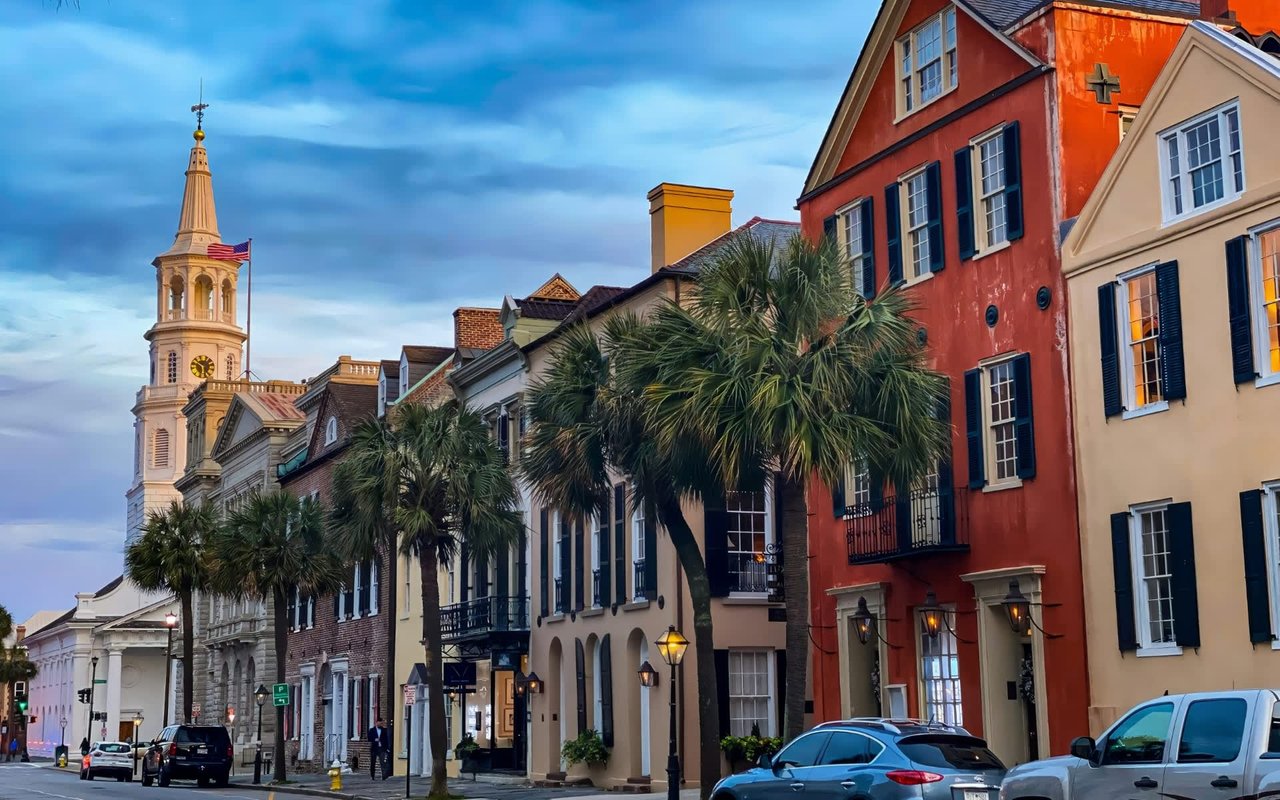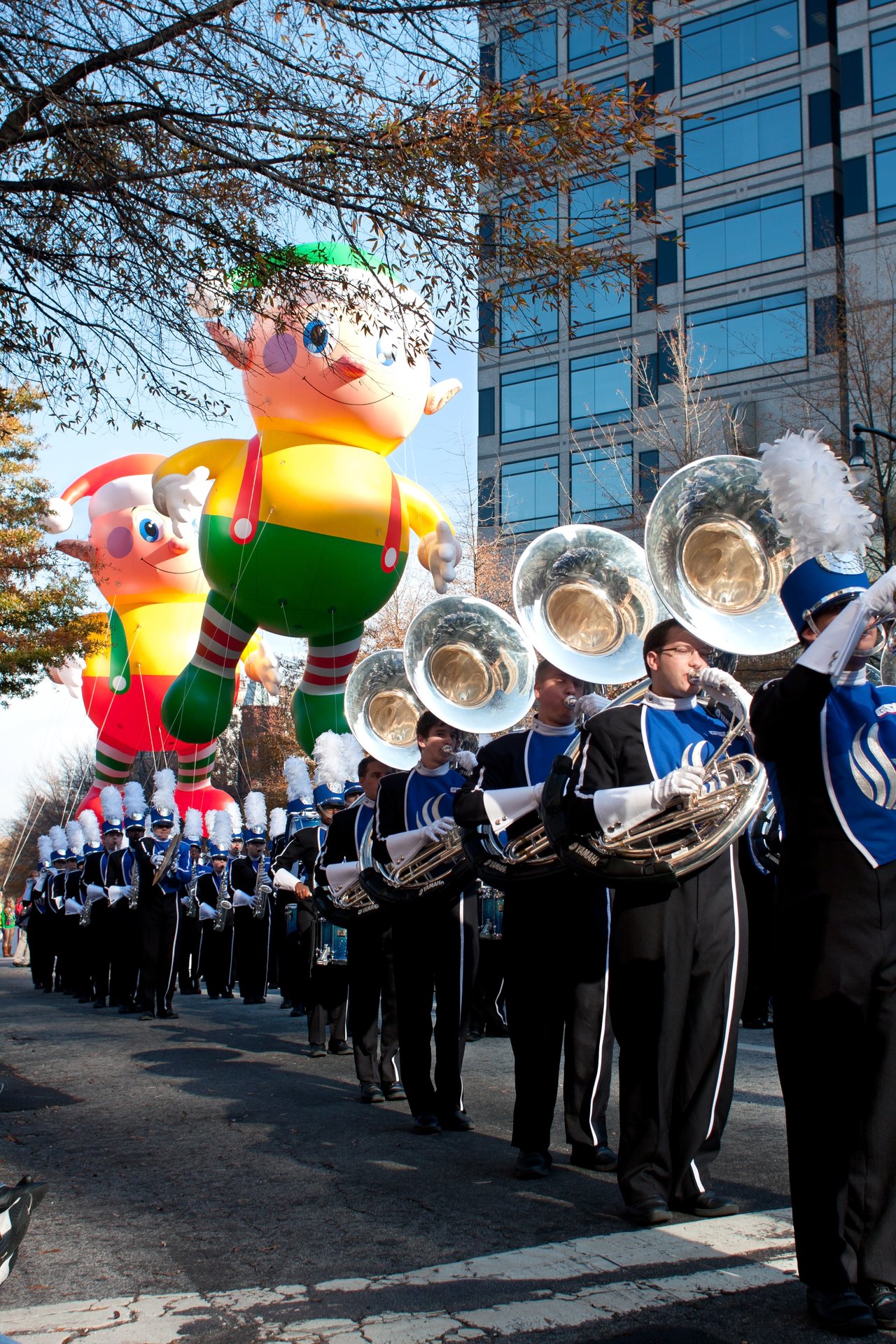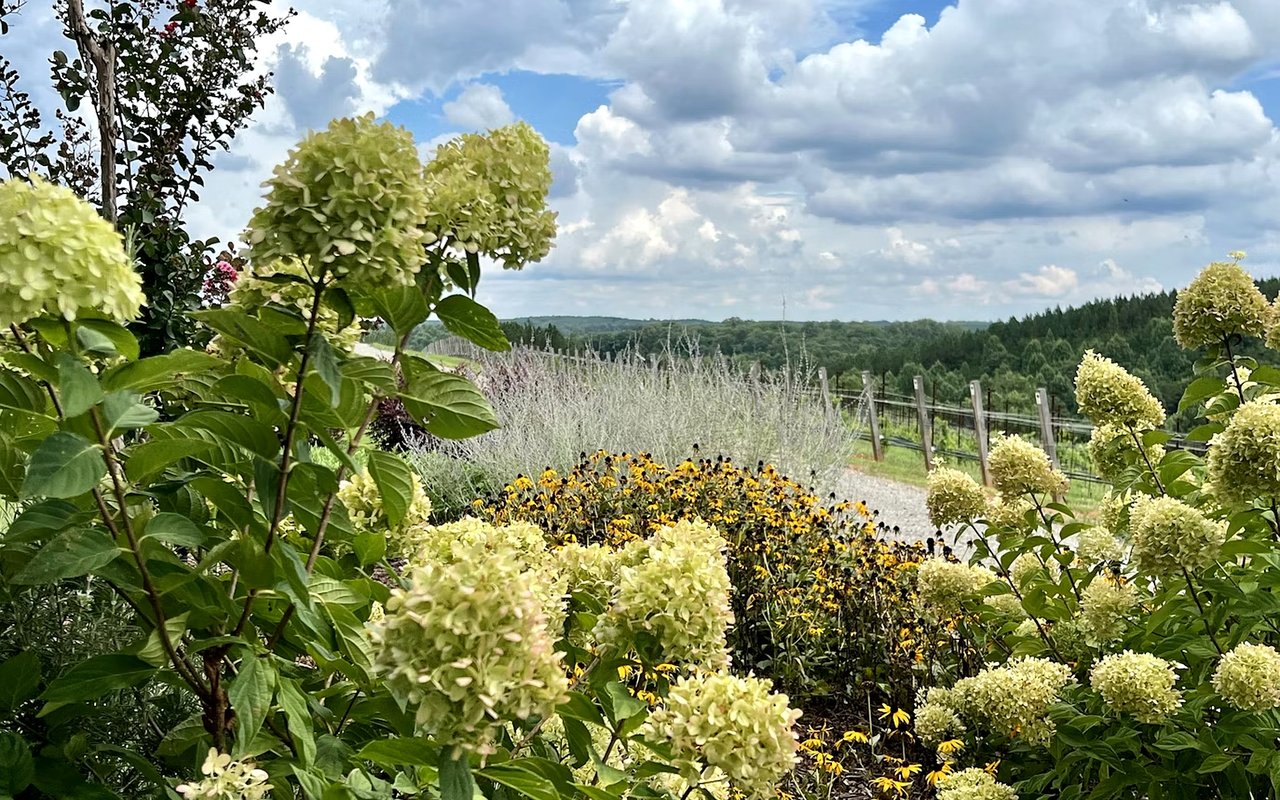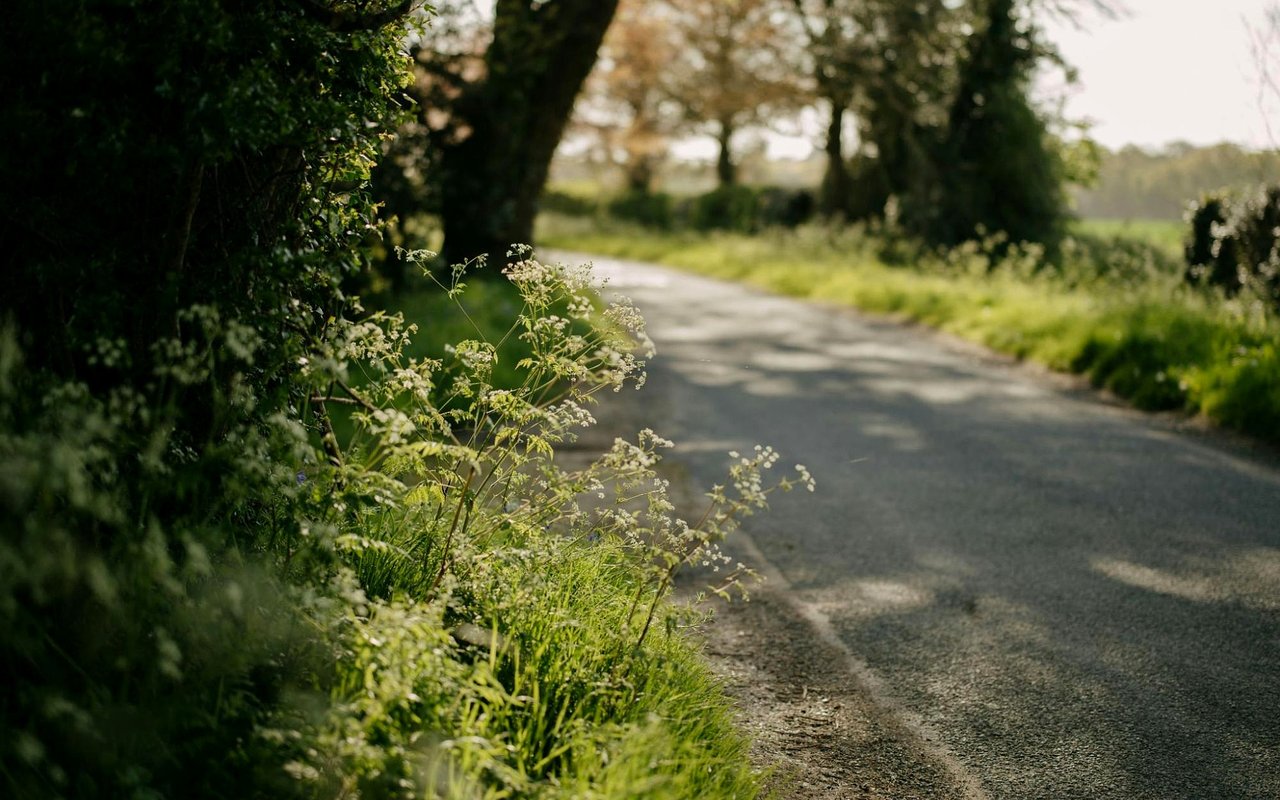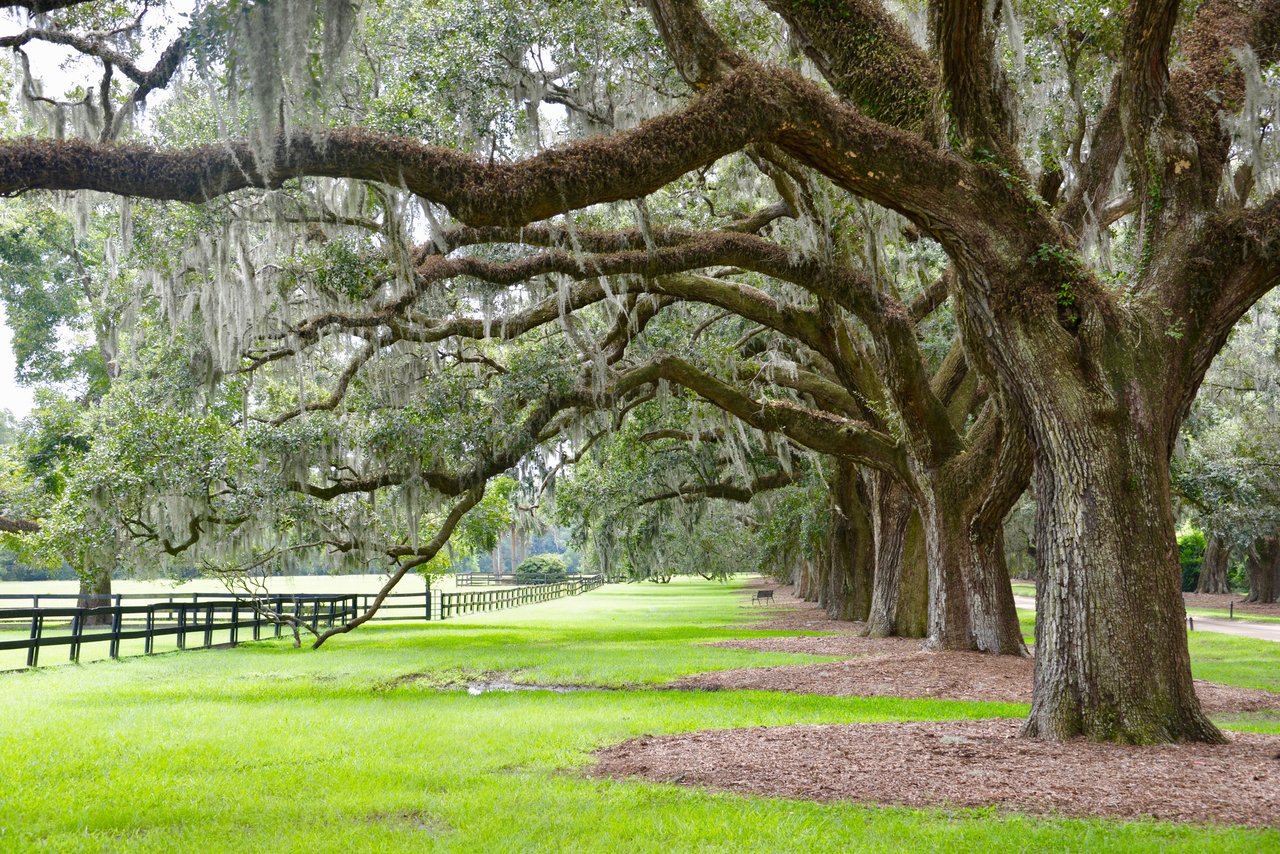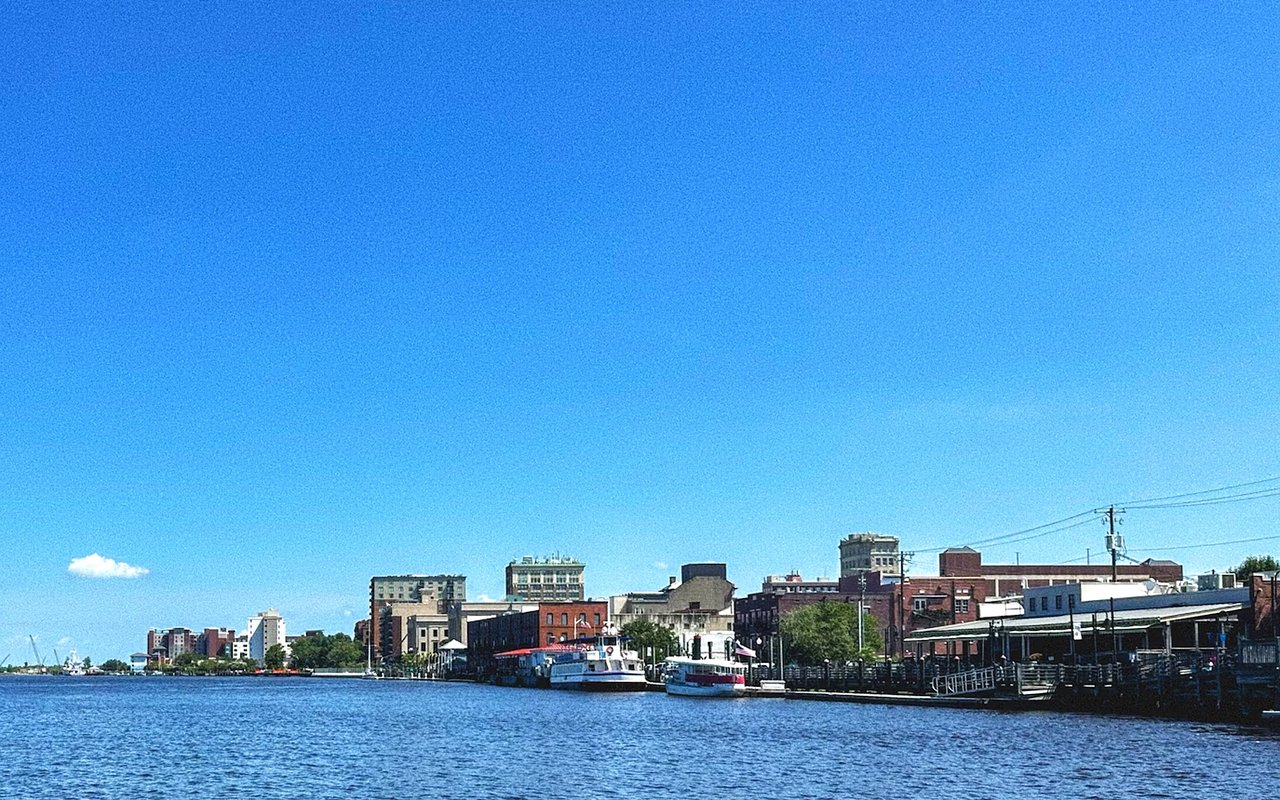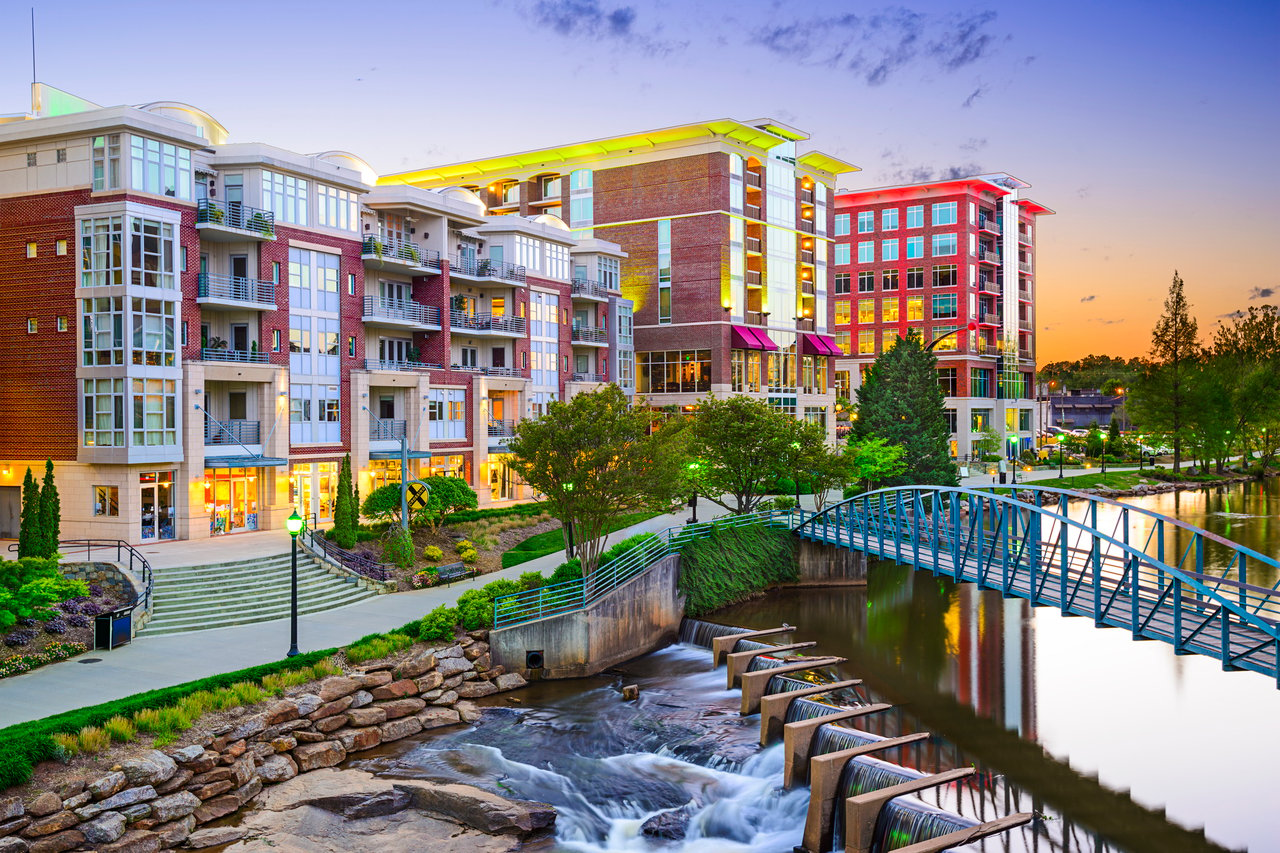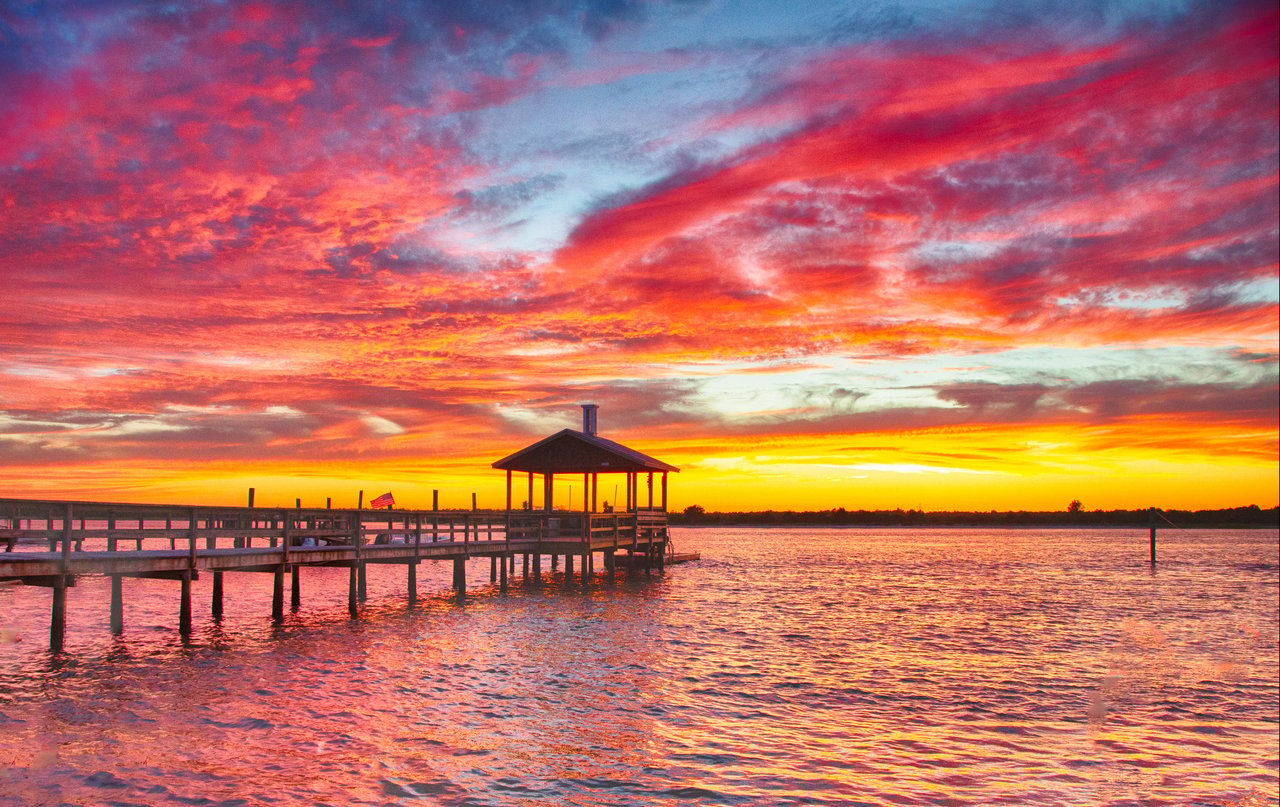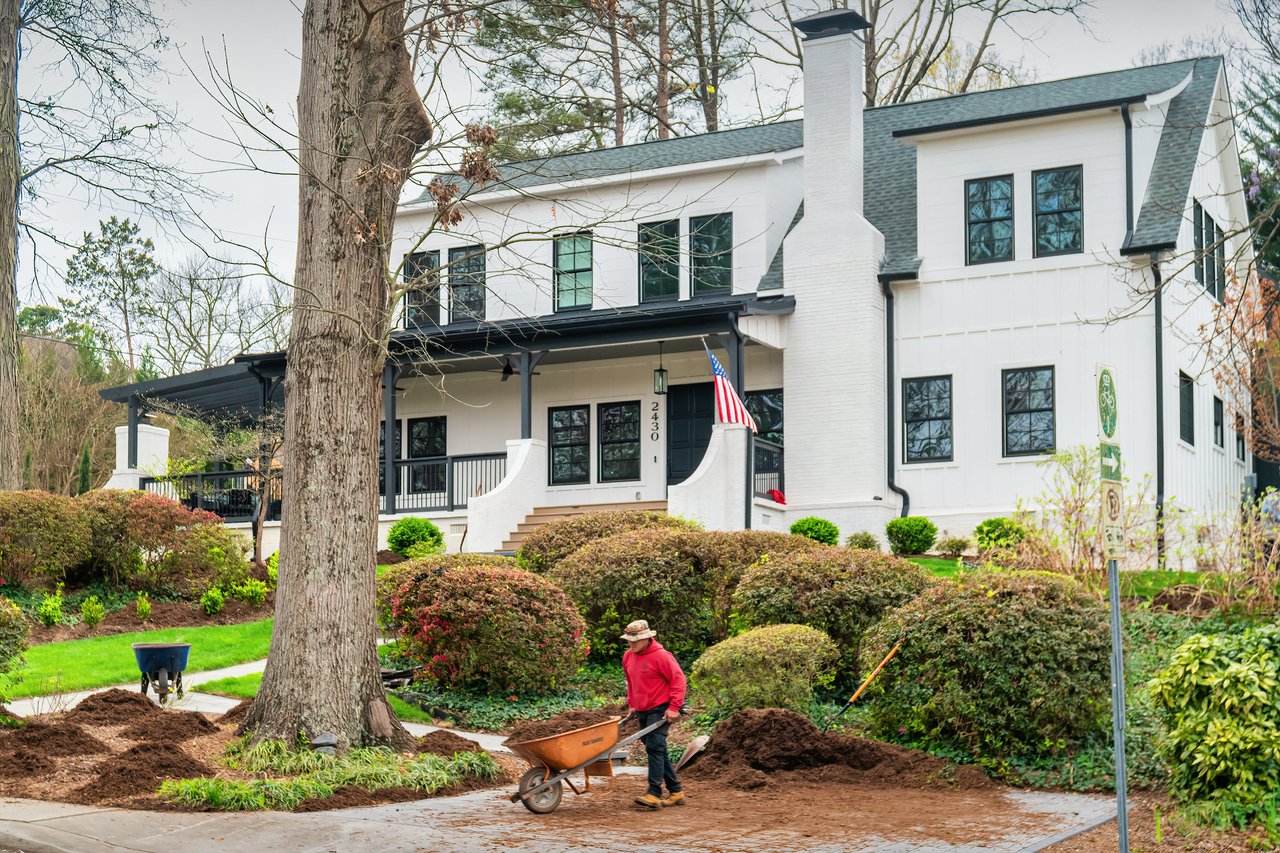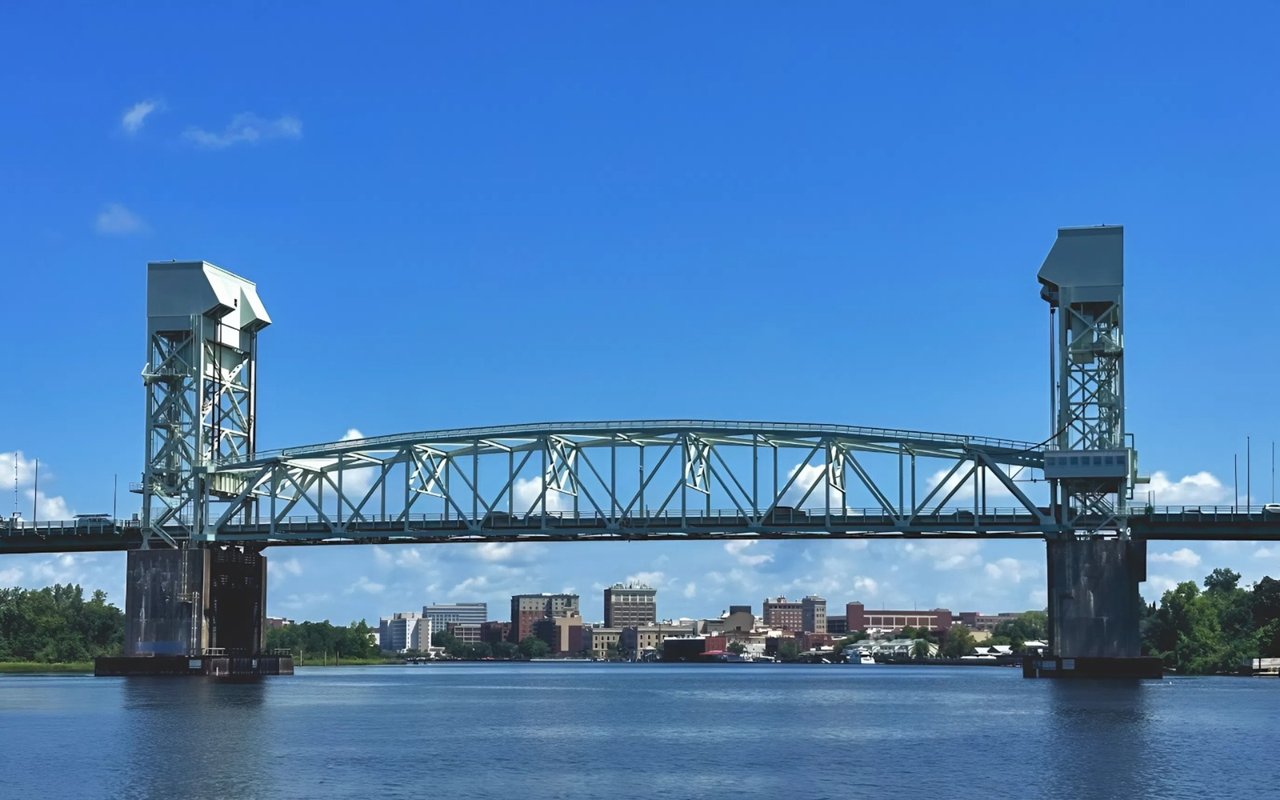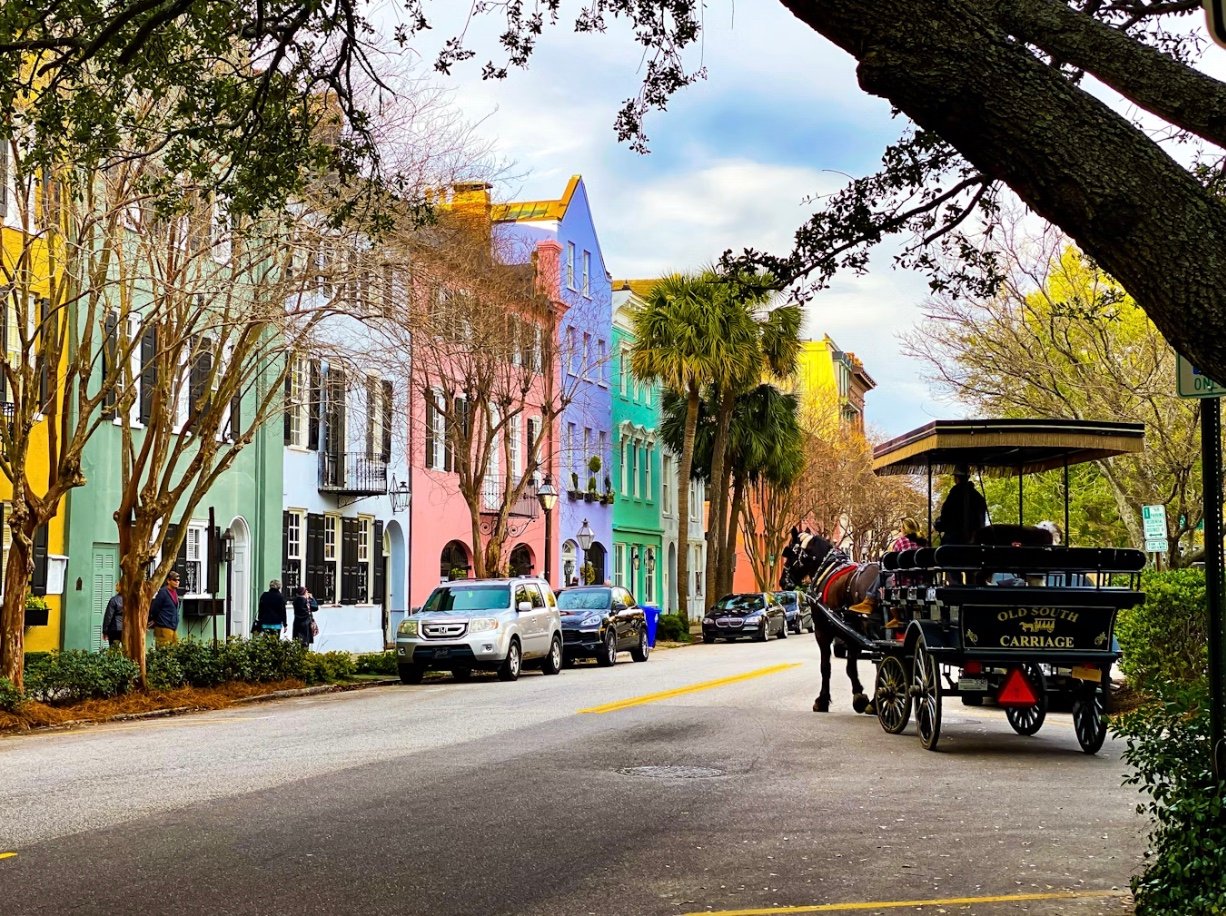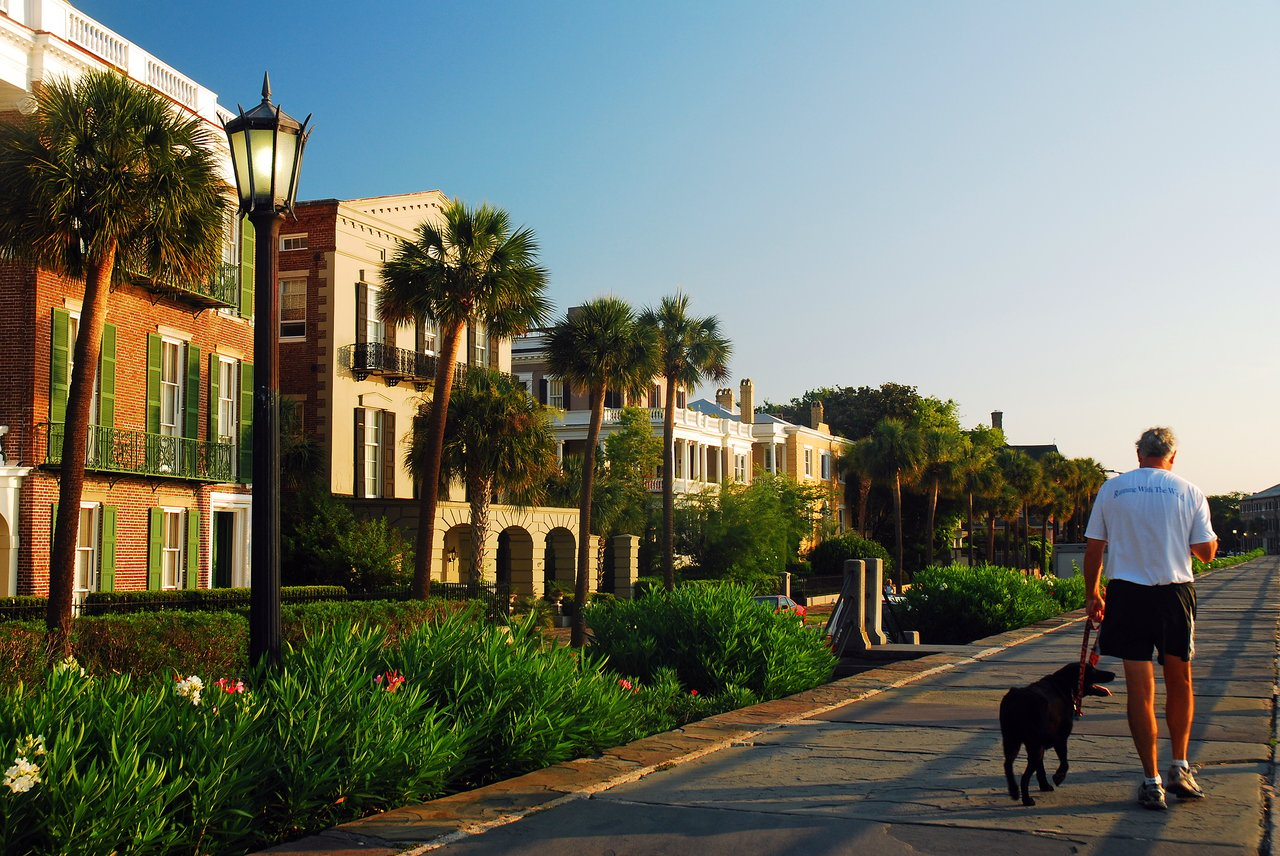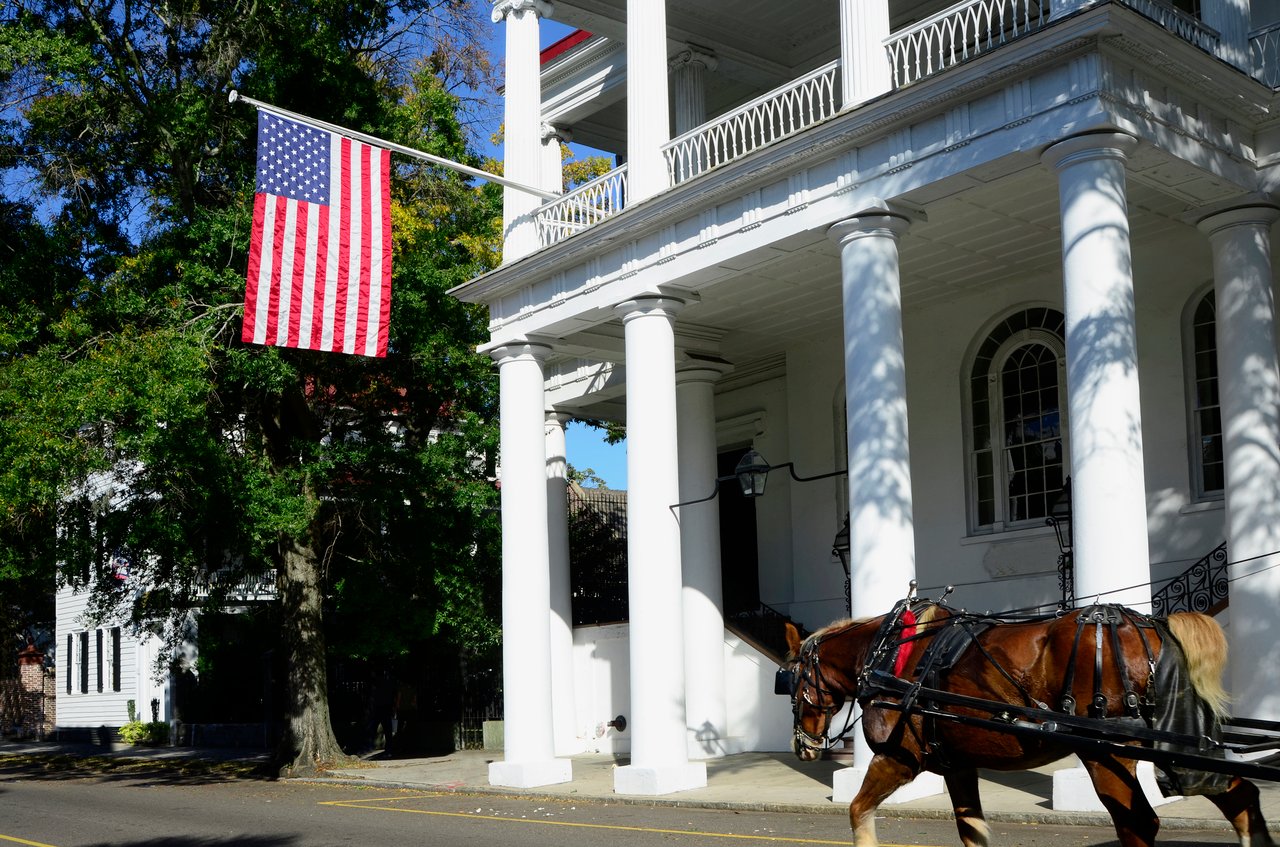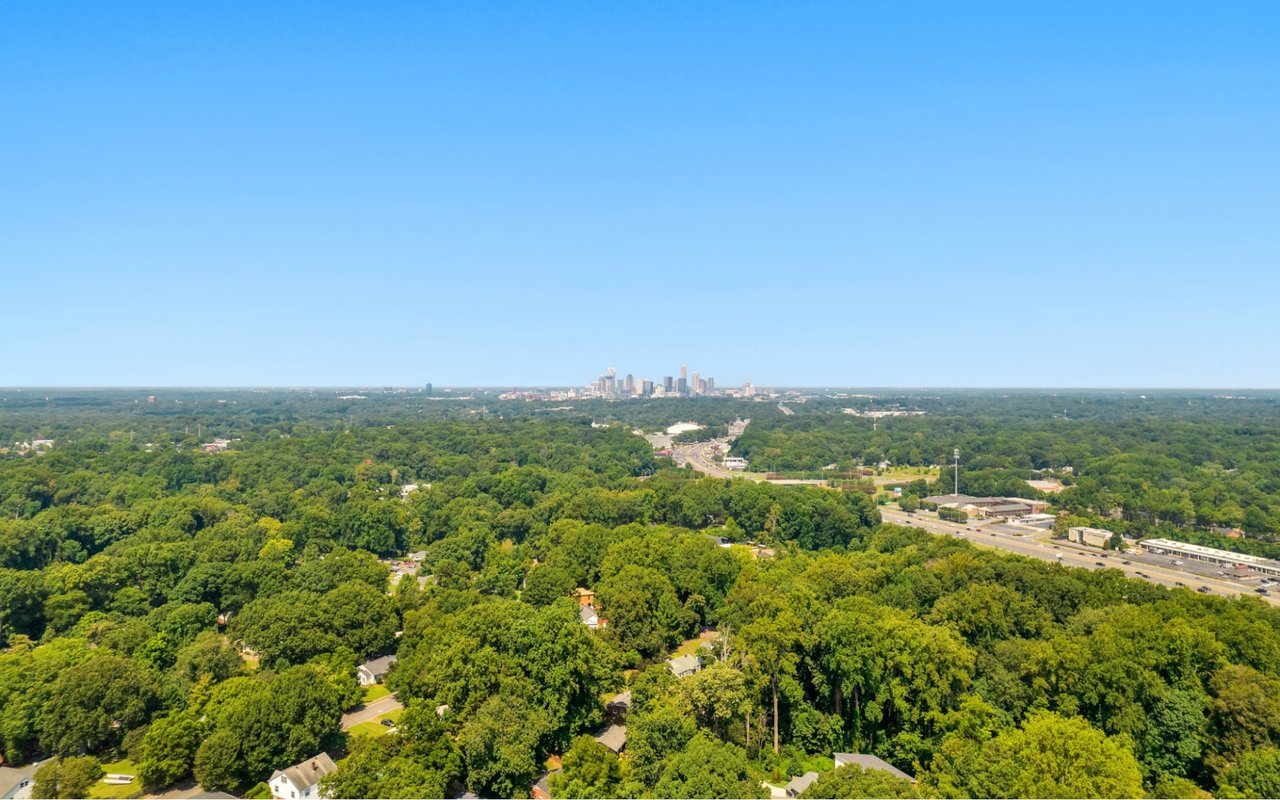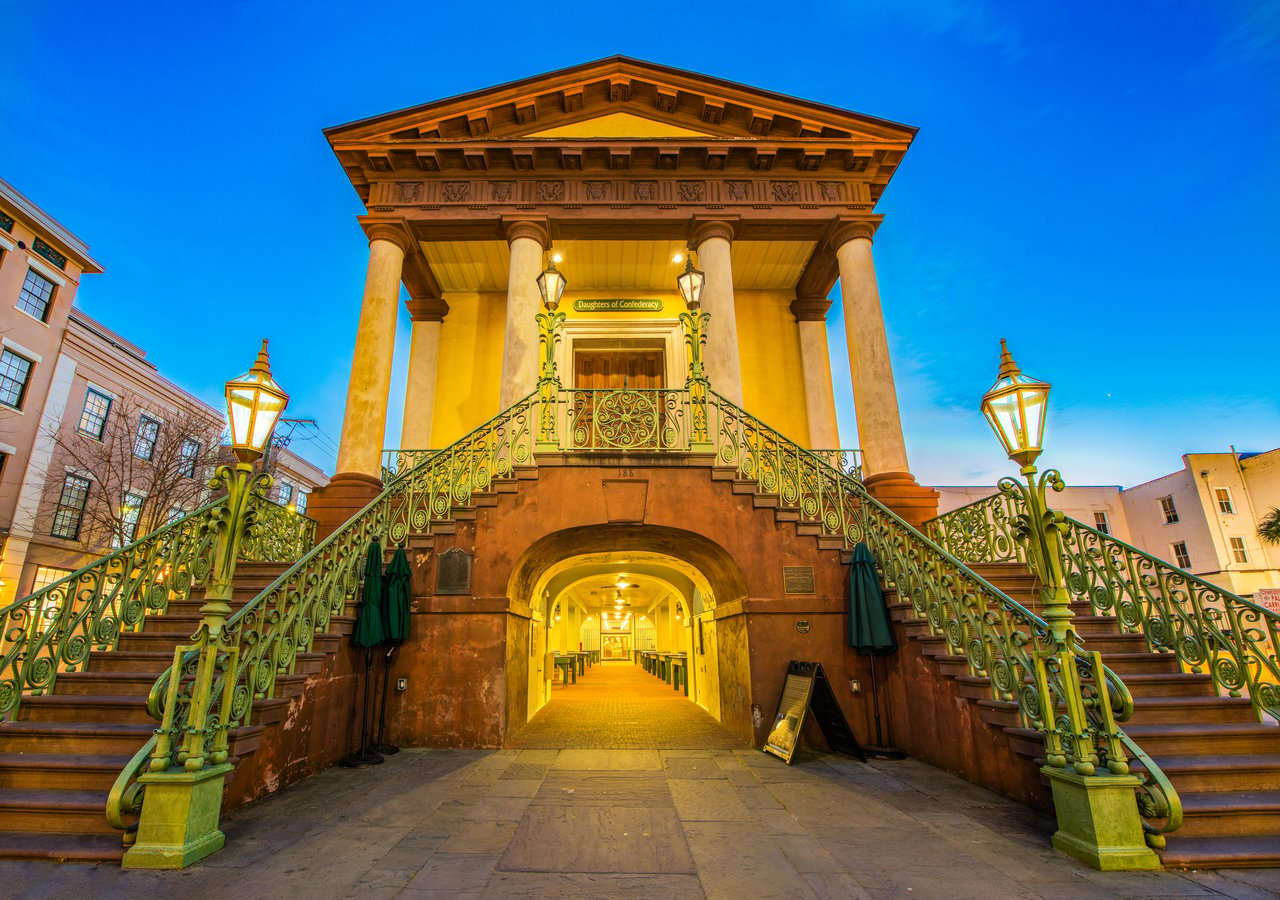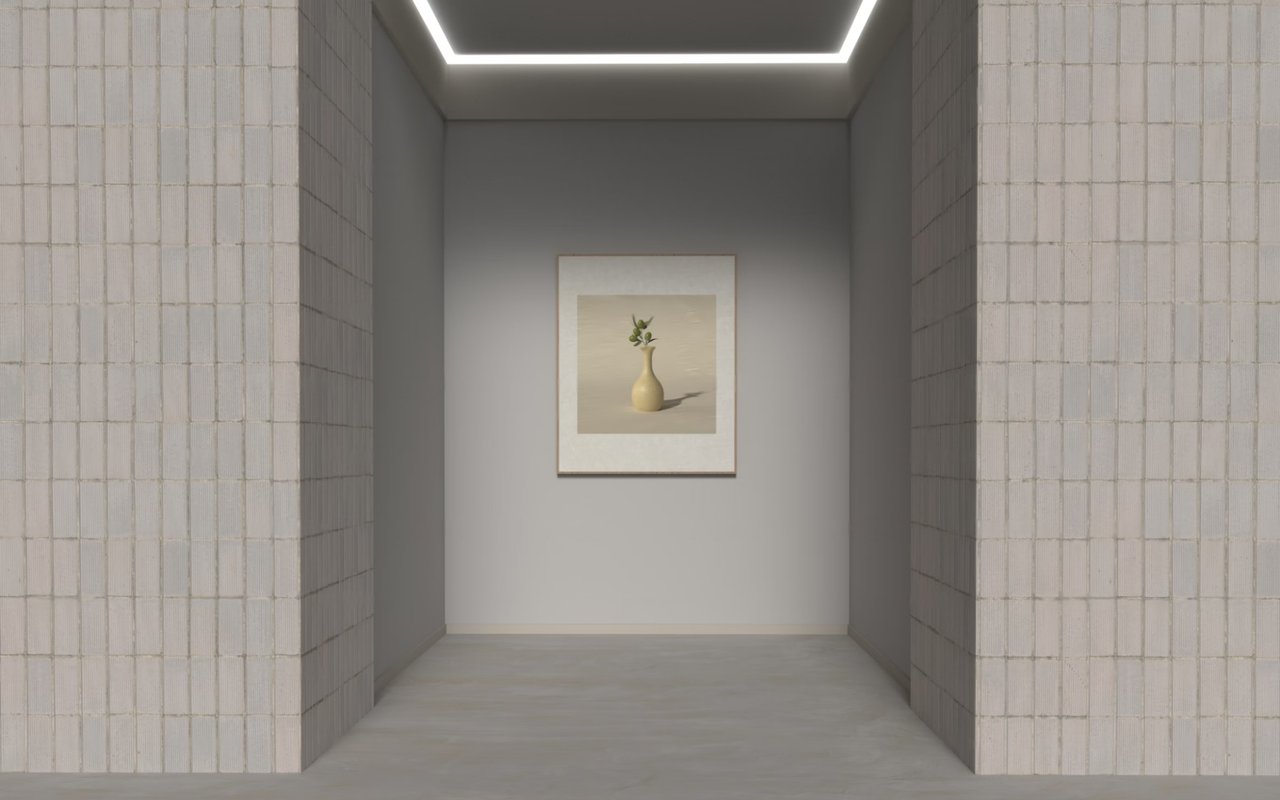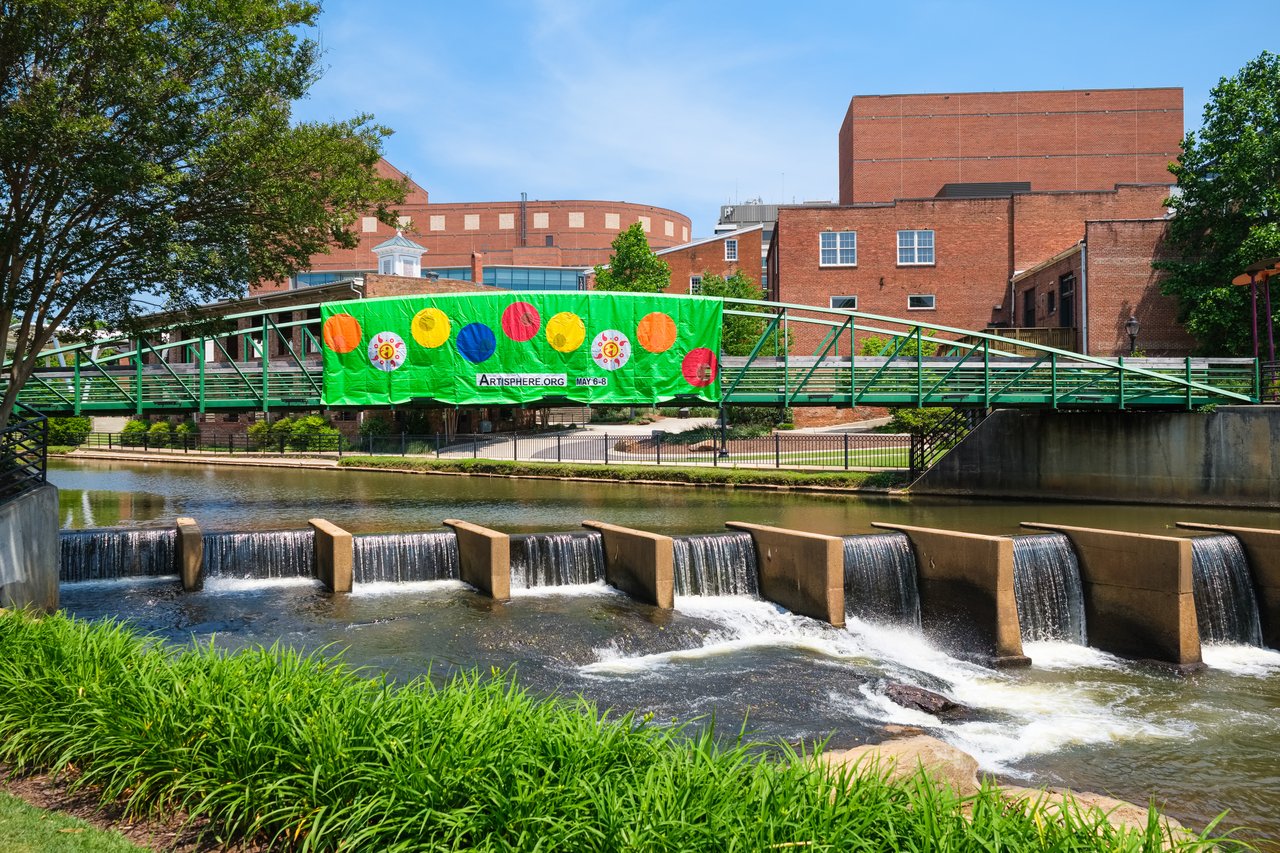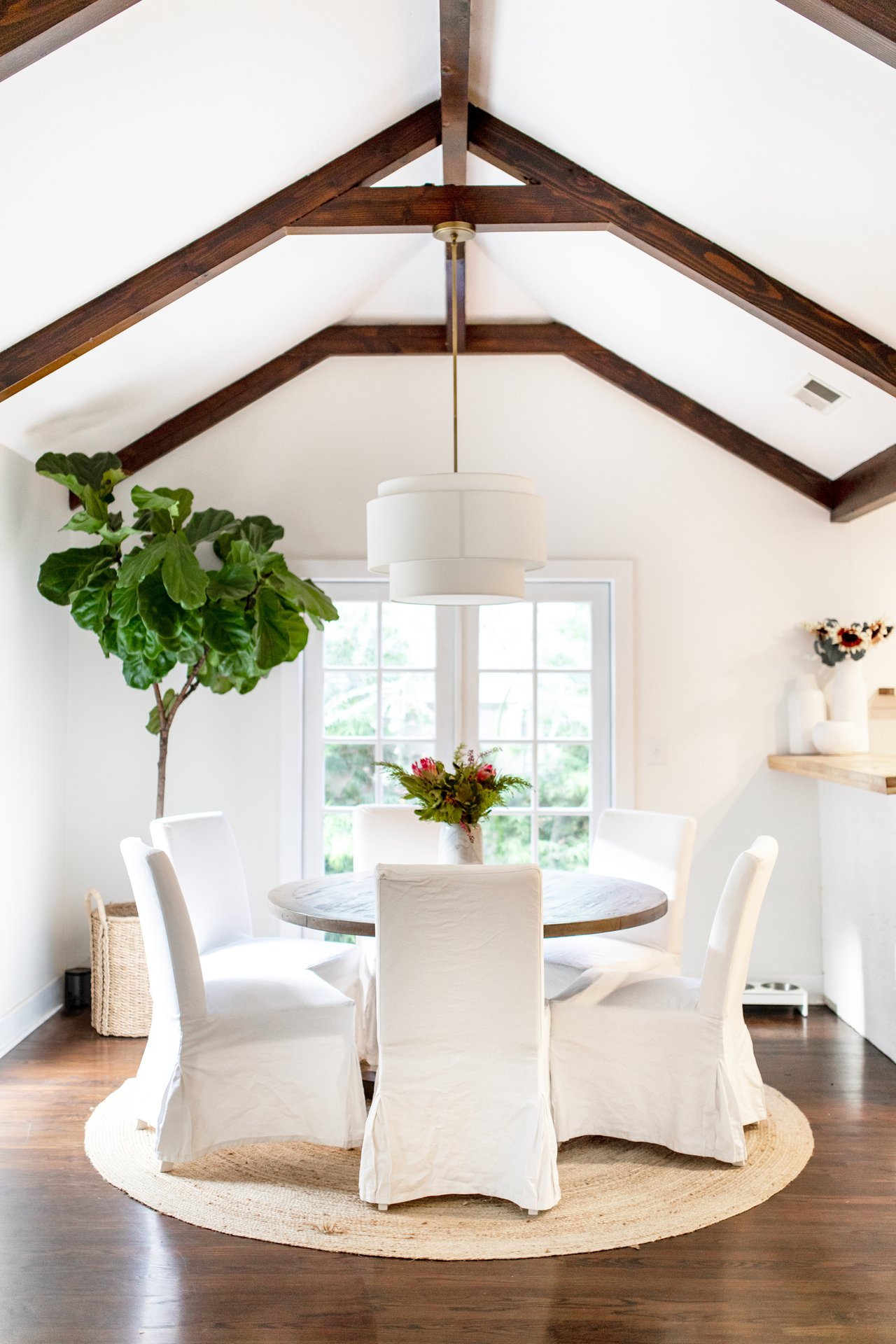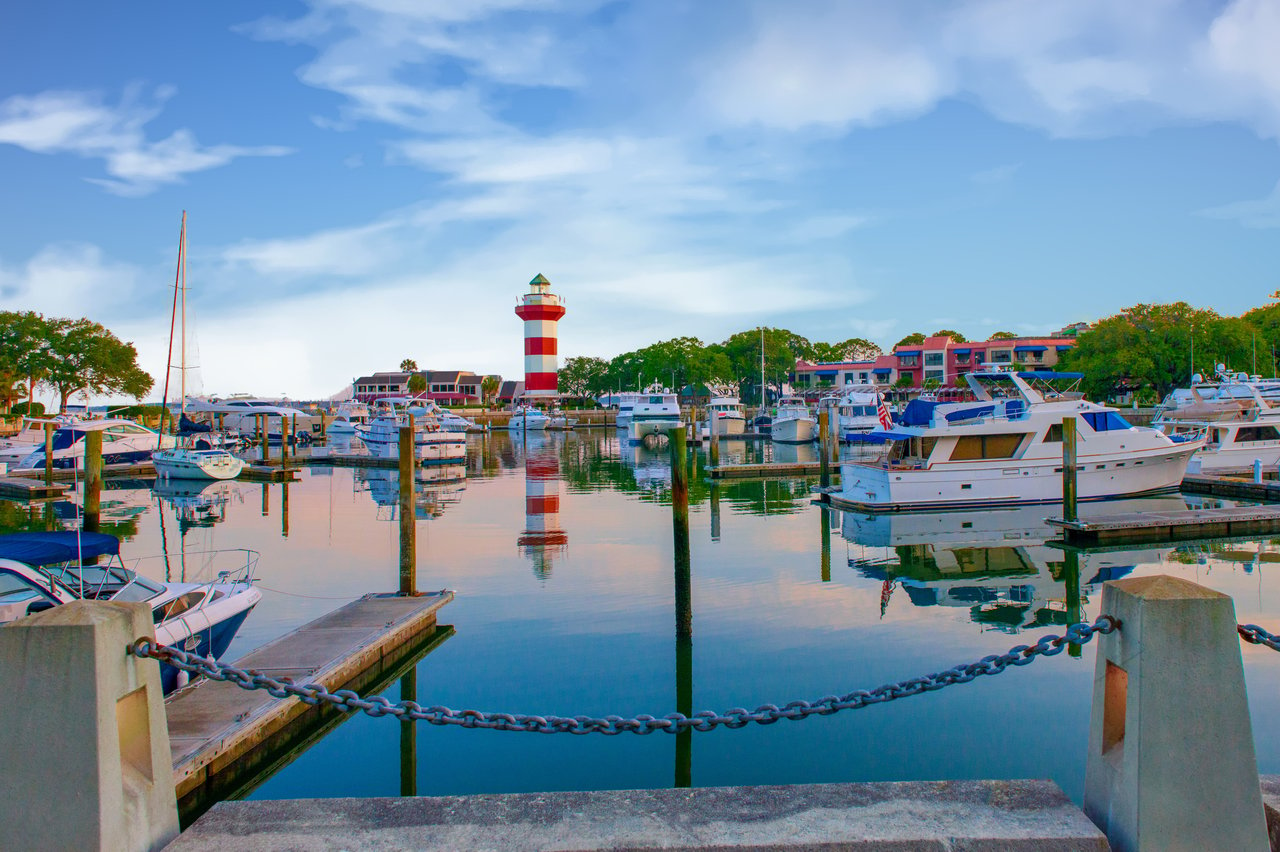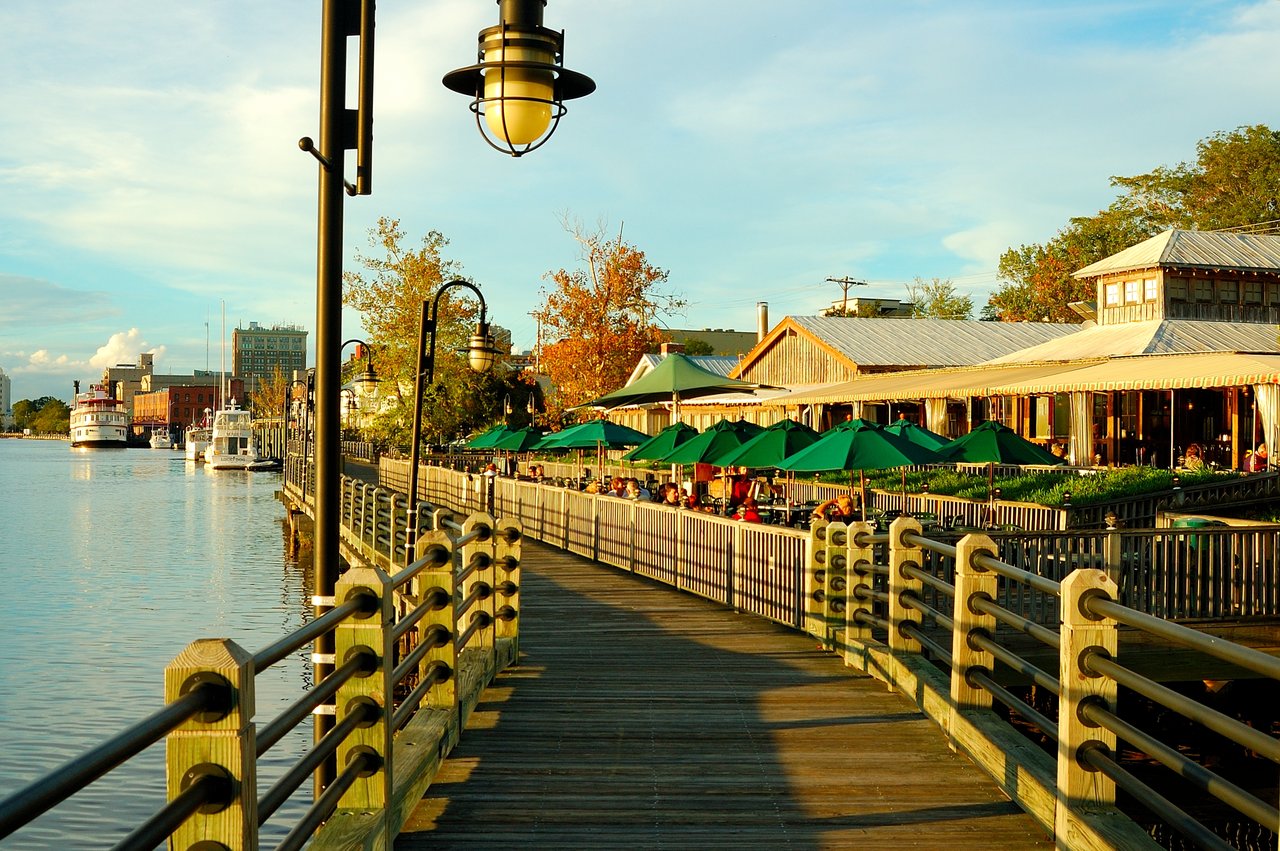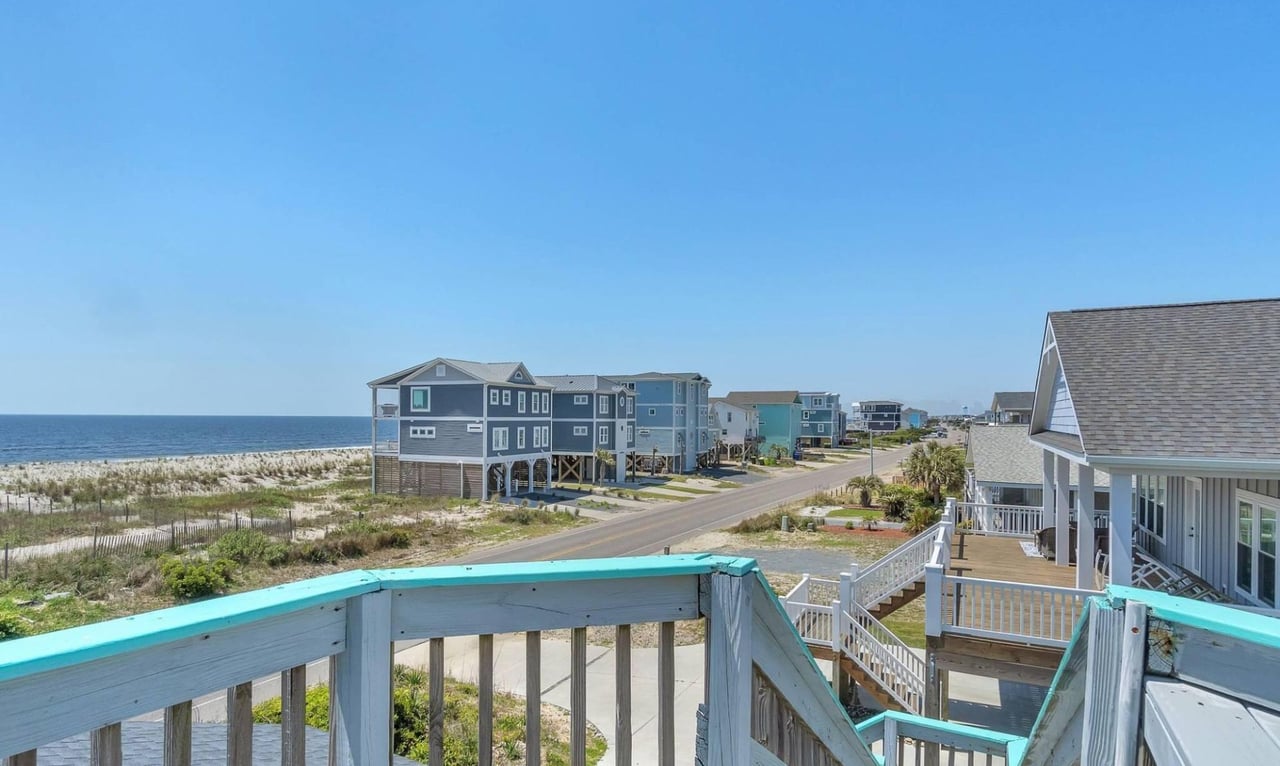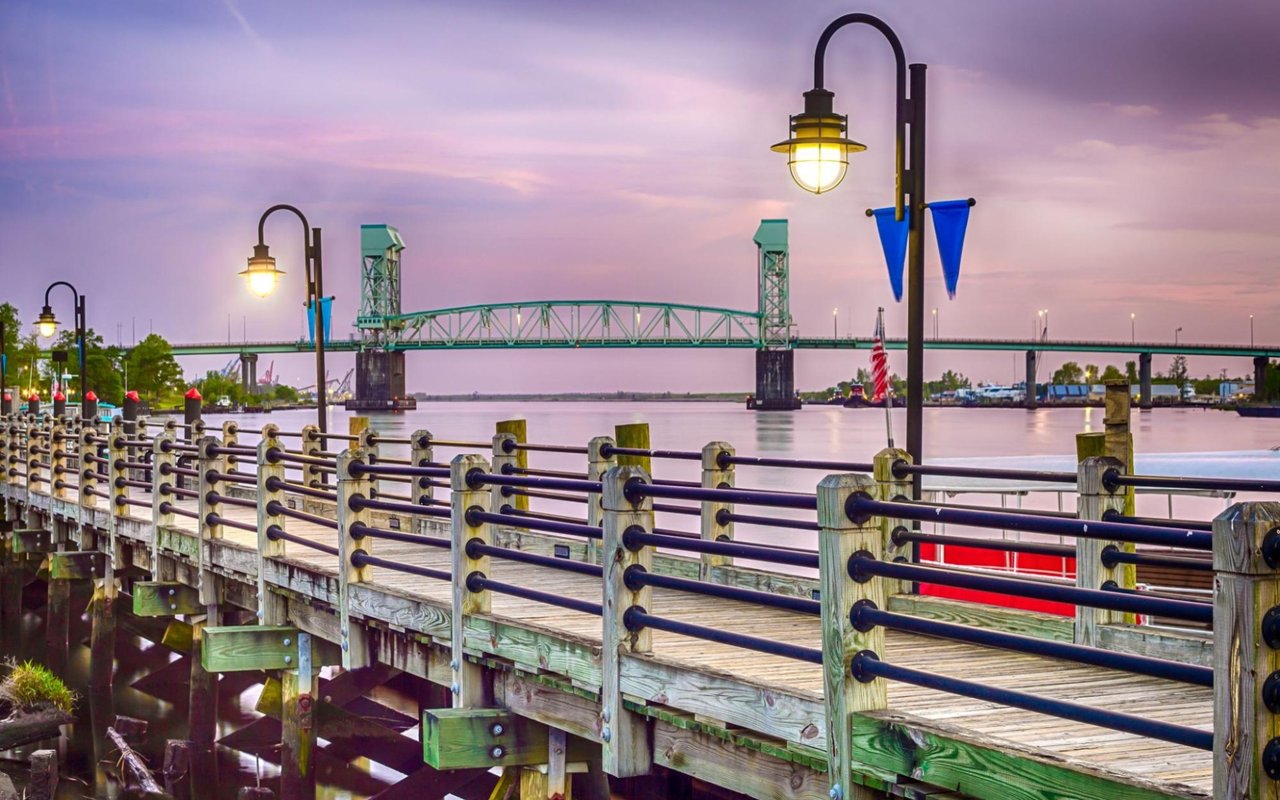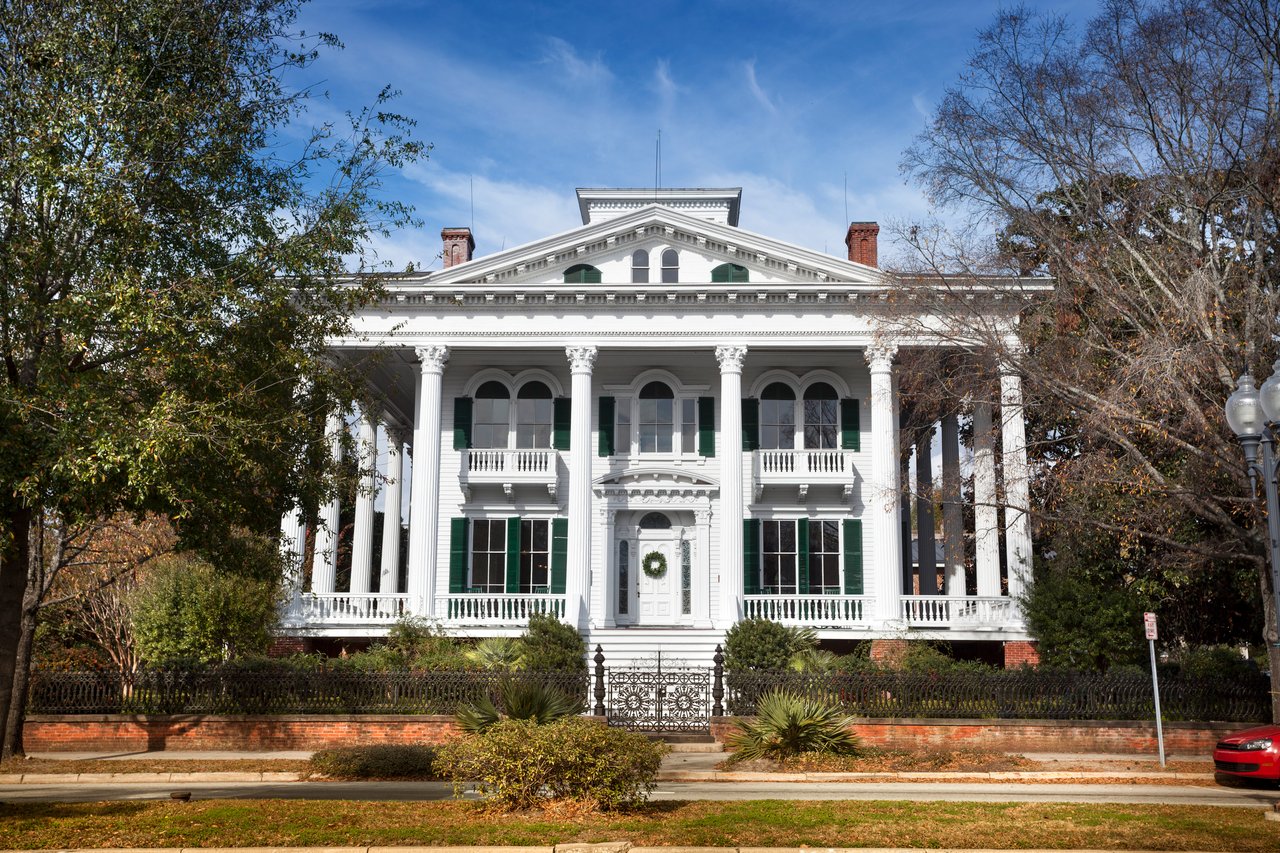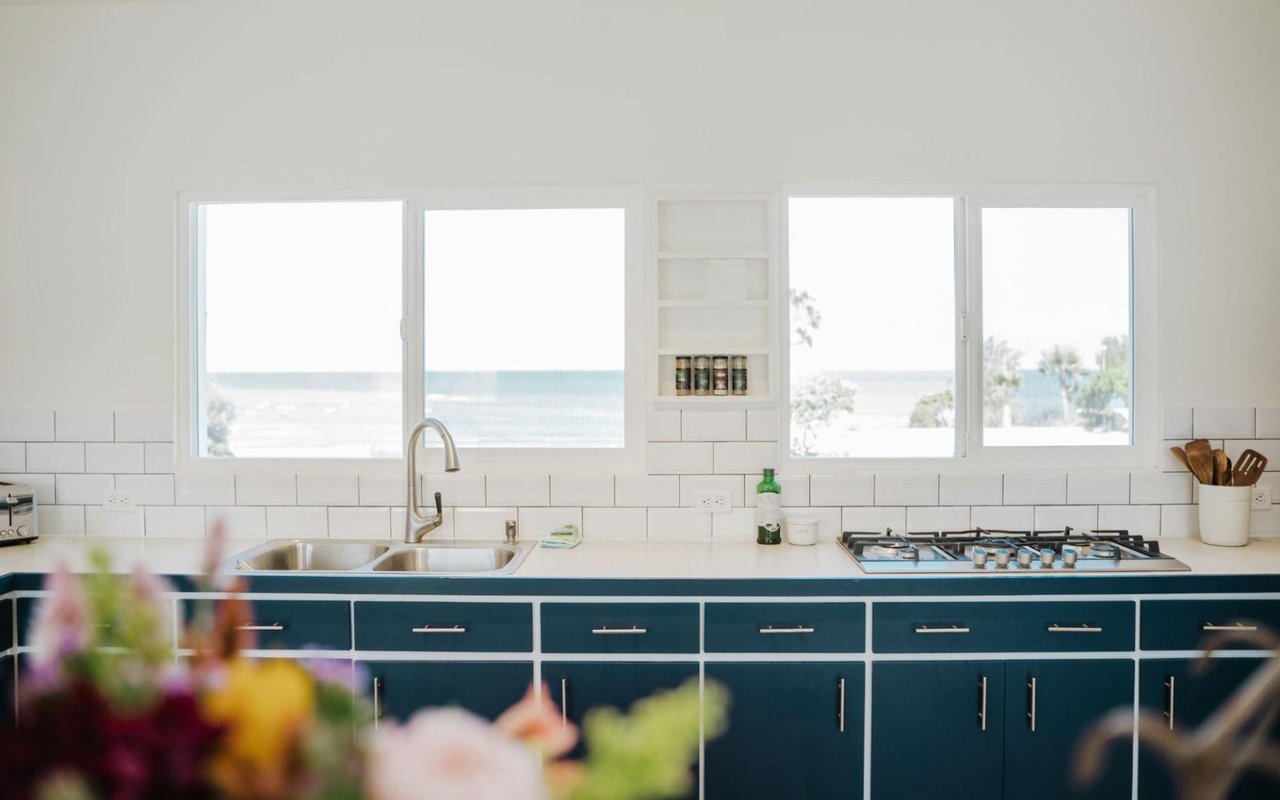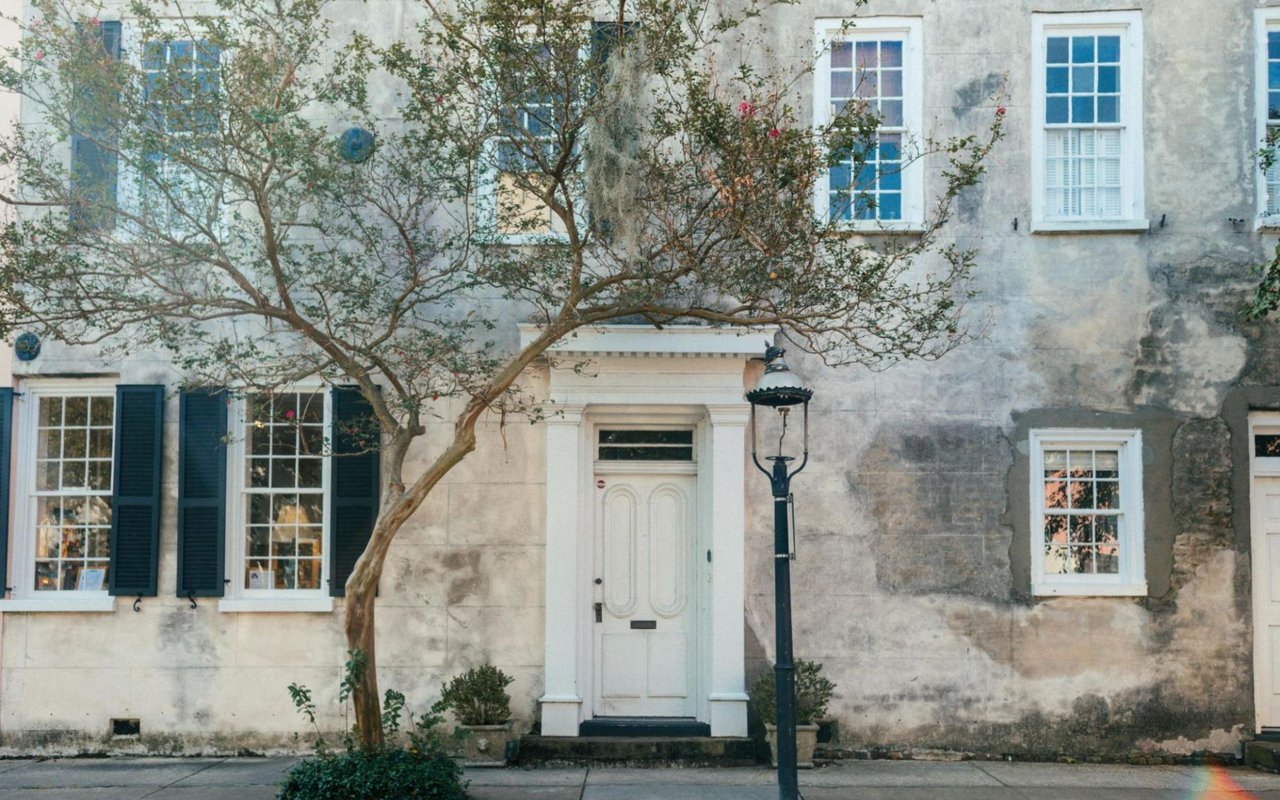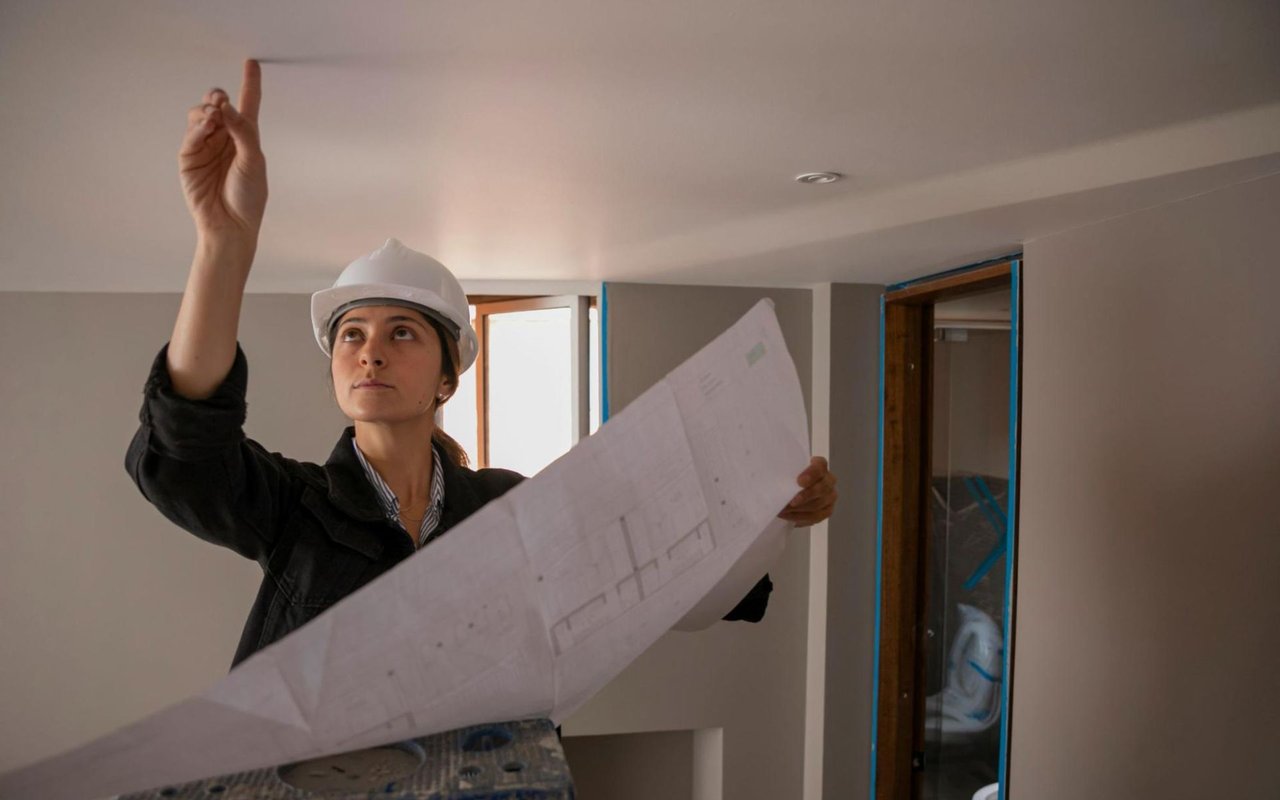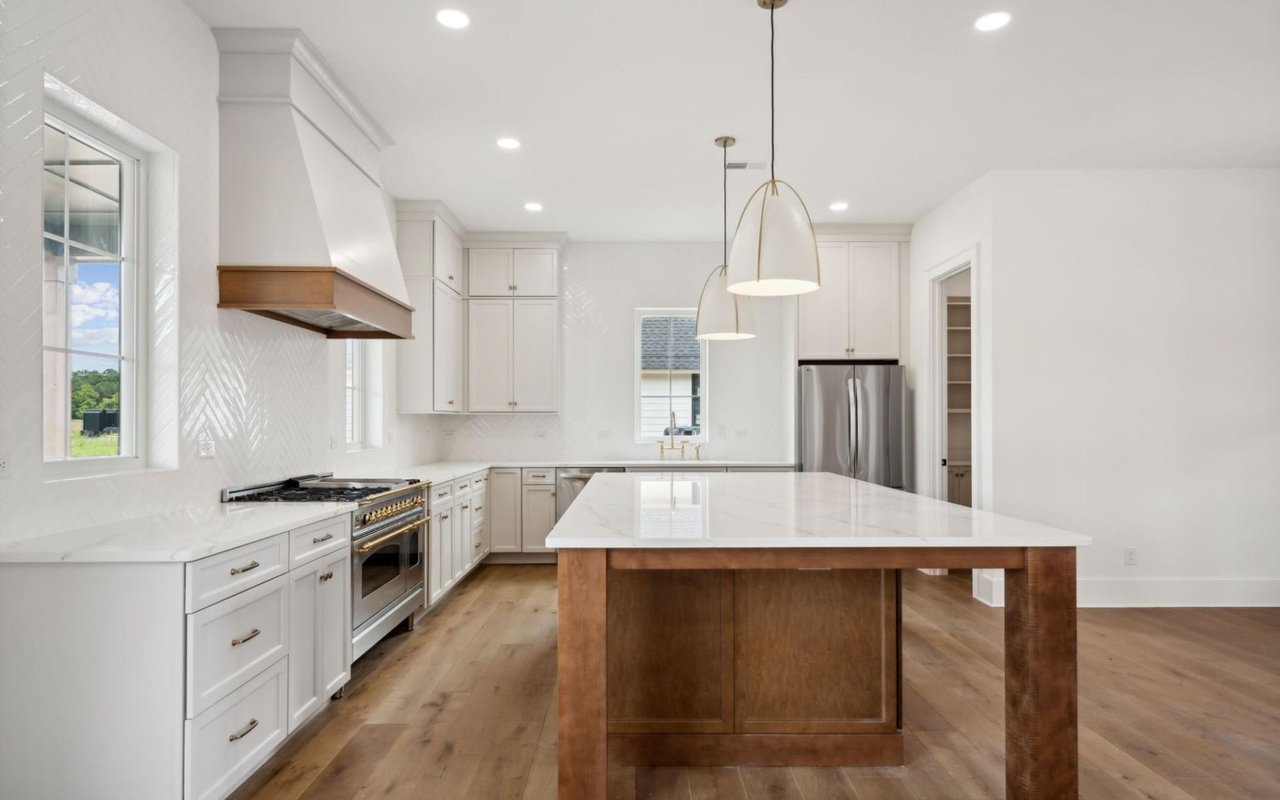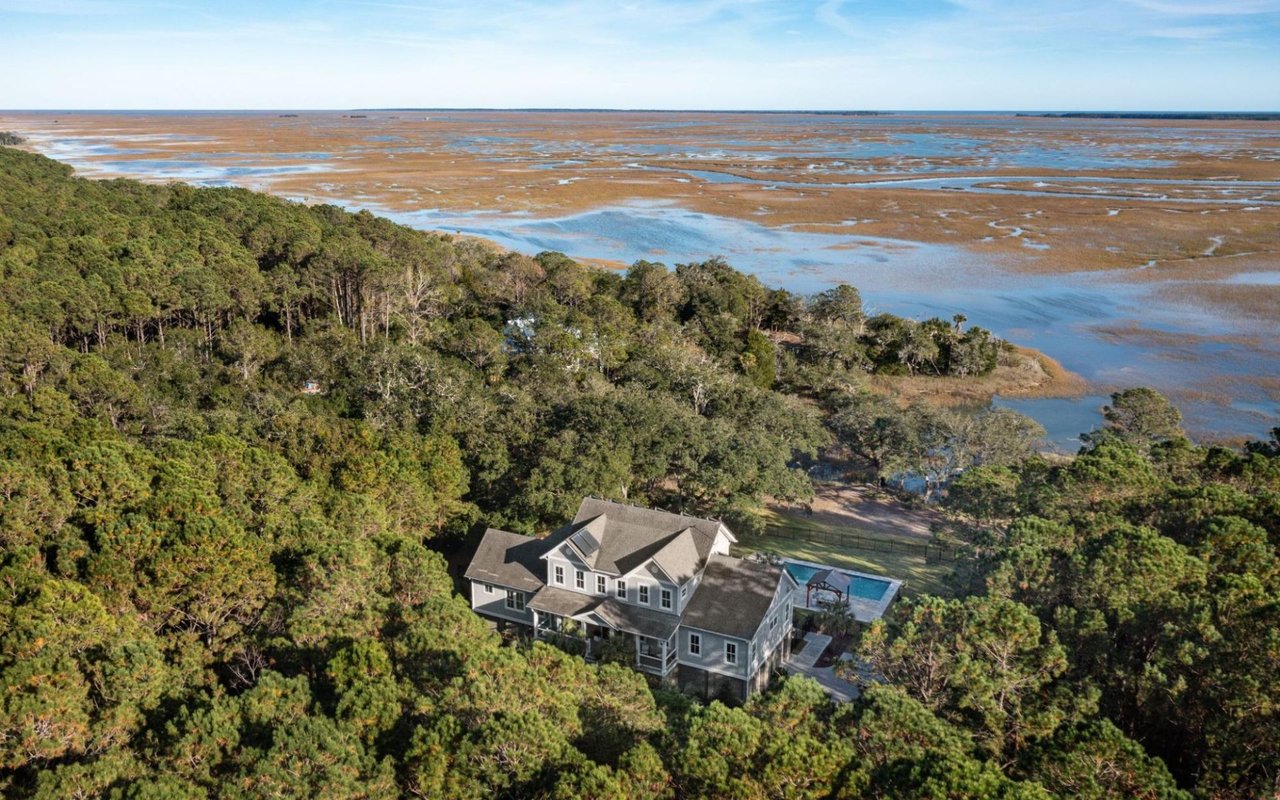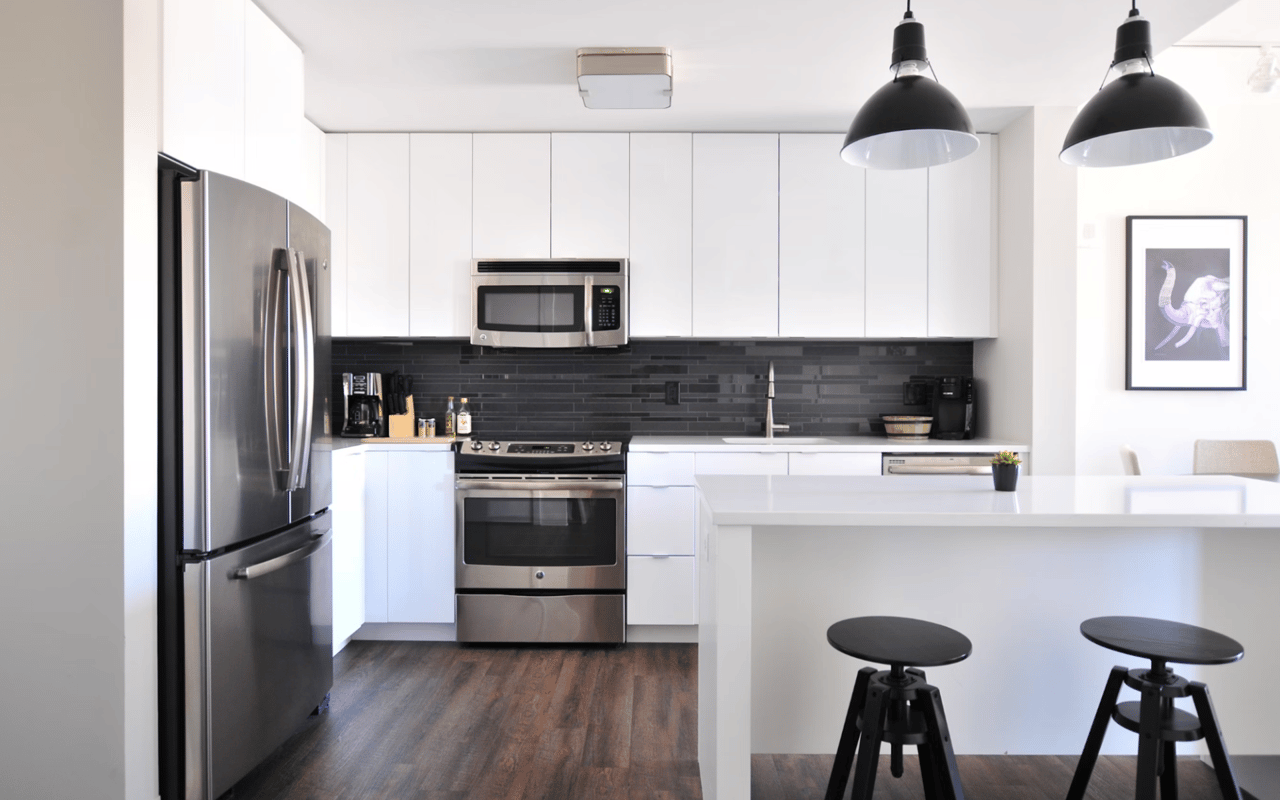Charleston, South Carolina, boasts a rich architectural heritage that captures the essence of its historical and cultural evolution. Known for its picturesque coastal scenery and well-preserved structures, the city offers a fascinating glimpse into the past. This article explores the defining elements of Charleston's coastal architecture, highlighting the distinctive historic home styles, Lowcountry architectural features, and the iconic double porches.
Charleston Historic Home Styles
Charleston's historic home styles testify to the city's long and storied history. As one strolls through the historic districts, it is impossible not to notice the variety of architectural styles that reflect the different periods of Charleston's development. The city's architectural landscape is a blend of Georgian, Federal, Greek Revival, Italianate, and Victorian influences, each contributing to the unique character of Charleston's homes.
Georgian Style
The Georgian style, prominent from the early 18th century to the early 19th century, is characterized by its symmetry and proportion. Homes in this style often feature a central hallway flanked by rooms on either side, with brick exteriors and decorative cornices. Notable examples in Charleston include the Heyward-Washington House and the Nathaniel Russell House.
Federal Style
Following the Georgian period, the Federal style became popular from the late 18th to the early 19th century. This style is marked by its elegant and refined details, such as elliptical fanlights, sidelights around the front door, and decorative moldings. The Miles Brewton House is a quintessential example of this style in Charleston.
Greek Revival Style
The Greek Revival style, which flourished from the 1820s to the 1850s, features grandiose columns and pediments inspired by classical Greek architecture. This style often incorporates white-painted wood exteriors and bold, simple lines. The Edmonston-Alston House on the Battery exemplifies Greek Revival architecture in Charleston.
Italianate Style
The Italianate style, popular from the mid to late 19th century, introduced more ornamental features, including tall, narrow windows, cupolas, and overhanging eaves with decorative brackets. The John Ashe House is a fine representation of the Italianate style in Charleston.
Victorian Style:
The Victorian era brought an eclectic mix of design elements characterized by intricate woodwork, asymmetrical facades, and vibrant colors. This style is evident in homes like the Calhoun Mansion, showcasing the elaborate ornamentation of typical Victorian architecture.
Lowcountry Architectural Features
The Lowcountry region, encompassing Charleston, has architectural features uniquely suited to its coastal environment. These features enhance the aesthetic appeal of homes and provide practical benefits in dealing with the area's climate.
Raised Foundations
One of the most distinctive features of Lowcountry architecture is the raised foundation. Homes are elevated on piers or columns to protect against flooding and to allow for better air circulation, which helps to cool the house during the hot and humid summers.
Wide, Breezy Verandas
Another hallmark of Lowcountry homes is the wide veranda or porch, often wrapping around the entire house. These spaces provide a shaded outdoor area for relaxation and help to keep the interior cool by blocking direct sunlight.
Large, Symmetrical Windows
Homes in the Lowcountry often feature large, symmetrical windows designed to maximize airflow and natural light. The placement and size of the windows facilitate cross-ventilation, which is crucial for comfort in the humid climate.
Pitched Roofs
Pitched or gabled roofs are common in Lowcountry architecture, designed to shed rainwater efficiently. These roofs often extend beyond the walls of the house to provide additional shade and protection from the elements.
Shuttered Windows
Functional shutters are a practical feature of Lowcountry homes. They offer protection from storms and help regulate the amount of sunlight entering the house. These shutters are often painted in vibrant colors, adding to their charm.
Charleston Double Porches
Among the many architectural elements that define Charleston's homes, the Charleston double porches stand out as an iconic feature. Also known as "piazzas," these double-stacked porches are a signature element of Charleston's historic homes and serve aesthetic and functional purposes.
Design and Layout
Charleston double porches typically run the length of the house and are often positioned on the side, facing a garden or courtyard. This layout maximizes privacy and uses prevailing breezes to cool the home. The porches are usually supported by elegant columns and feature decorative railings, adding to the home's visual appeal.
Functionality
The double porches serve multiple functions. They provide an outdoor living space where residents can enjoy the temperate climate and socialize with neighbors. The upper porch often opens off the bedrooms, offering a private retreat, while the lower porch connects to the main living areas, extending the interior space.
Historical Significance
The design of the double porches is deeply rooted in Charleston's history. In the 18th and 19th centuries, these porches were a practical solution to the city's hot and humid climate, allowing residents to enjoy the breeze and shade. They remain a beloved feature of Charleston's historic homes, symbolizing the city's architectural heritage and commitment to preserving its unique character.
Preserving Charleston's Architectural Heritage
Preserving Charleston's architectural heritage is a testament to the city's commitment to maintaining its historical integrity. Numerous organizations and initiatives work tirelessly to protect and restore Charleston's historic buildings, ensuring that future generations can appreciate the city's rich architectural legacy.
Historic Charleston Foundation
The Historic Charleston Foundation plays a crucial role in preservation efforts. Founded in 1947, the foundation works to protect and preserve Charleston's architectural, historical, and cultural character. Through various programs and initiatives, the foundation promotes the conservation of historic buildings and educates the public about the importance of preservation.
Preservation Society of Charleston
The Preservation Society of Charleston, established in 1920, is another key organization dedicated to preserving the city's historic structures. The society advocates for protecting Charleston's architectural heritage through advocacy, education, and community engagement.
Local Preservation Initiatives
In addition to these organizations, numerous local initiatives contribute to preserving Charleston's historic homes. From tax incentives for restoration projects to strict zoning regulations, these efforts ensure that Charleston's unique architectural character is maintained.
Discover Charleston Historic Home Styles with Andy Bovender
Exploring Charleston's coastal architecture provides a unique insight into the city's history and cultural evolution. Working with a knowledgeable real estate team is essential for those interested in experiencing the charm and elegance of Charleston's historic homes.
The Andy Bovender Team offers unparalleled expertise in the Charleston real estate market, helping clients find their dream homes while preserving the city's architectural heritage. Contact Andy Bovender today to start your journey toward owning a piece of Charleston's rich architectural history.
The Andy Bovender Team offers unparalleled expertise in the Charleston real estate market, helping clients find their dream homes while preserving the city's architectural heritage. Contact Andy Bovender today to start your journey toward owning a piece of Charleston's rich architectural history.
